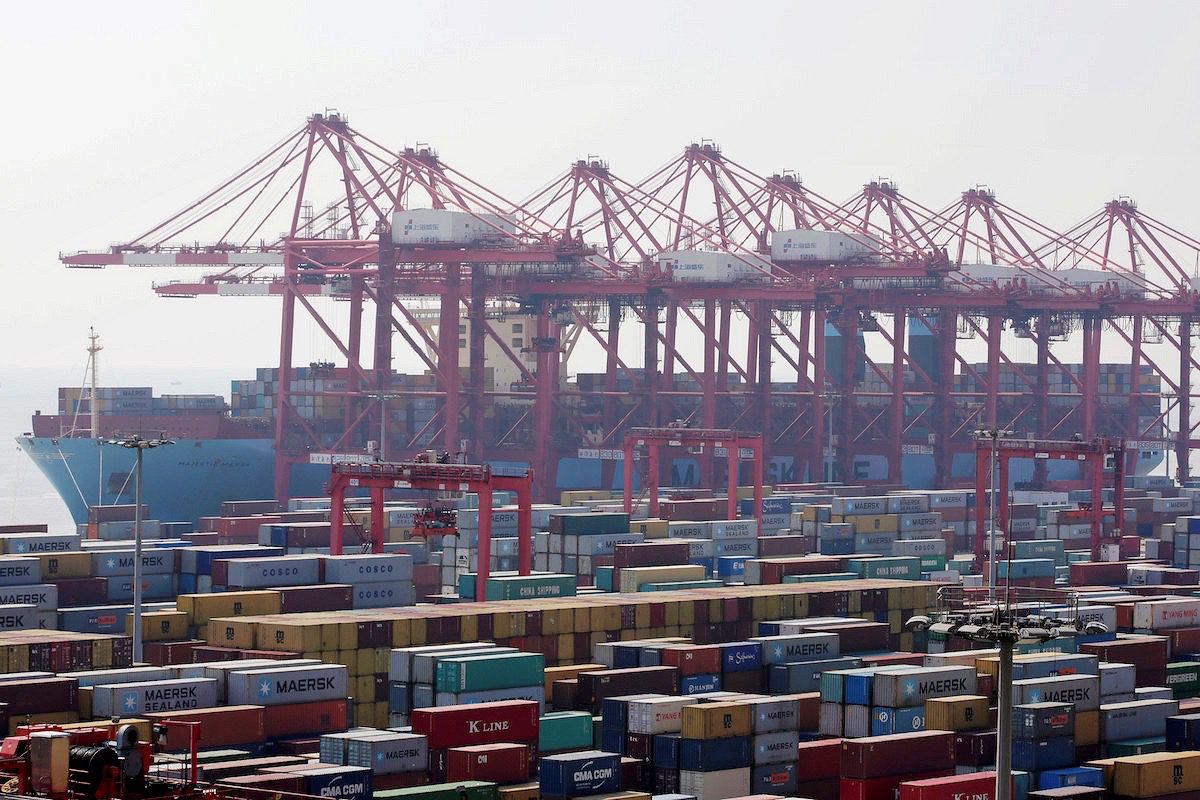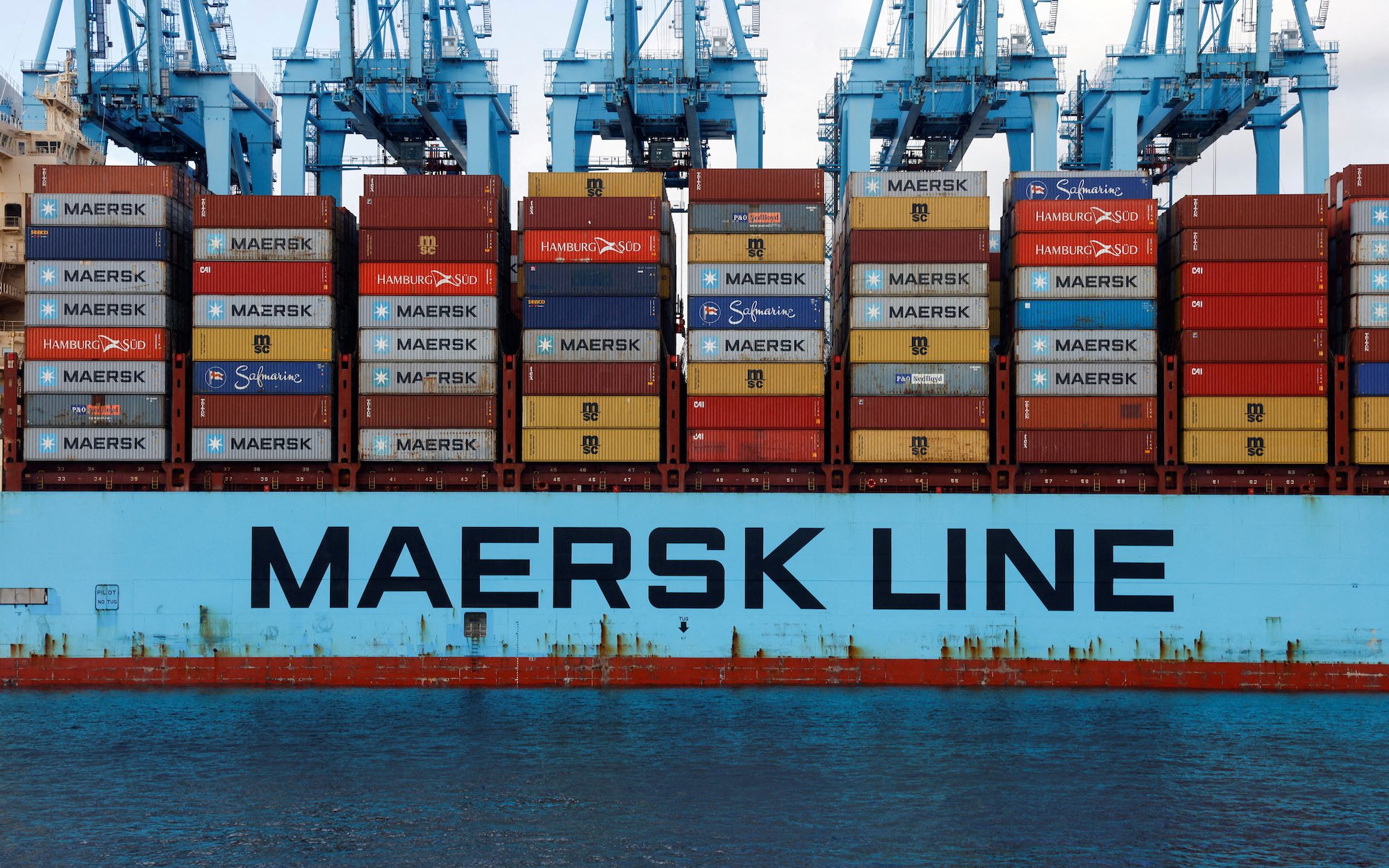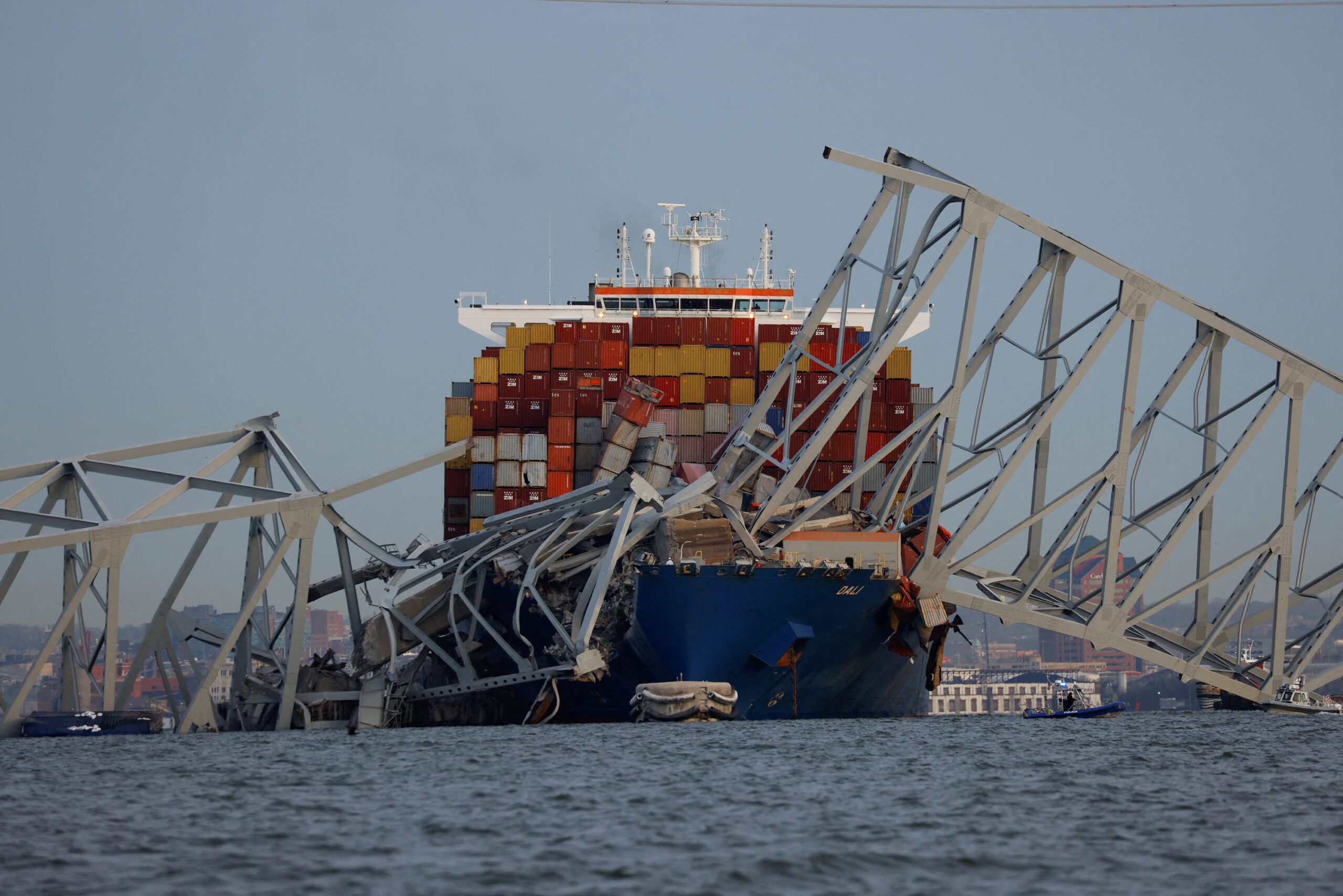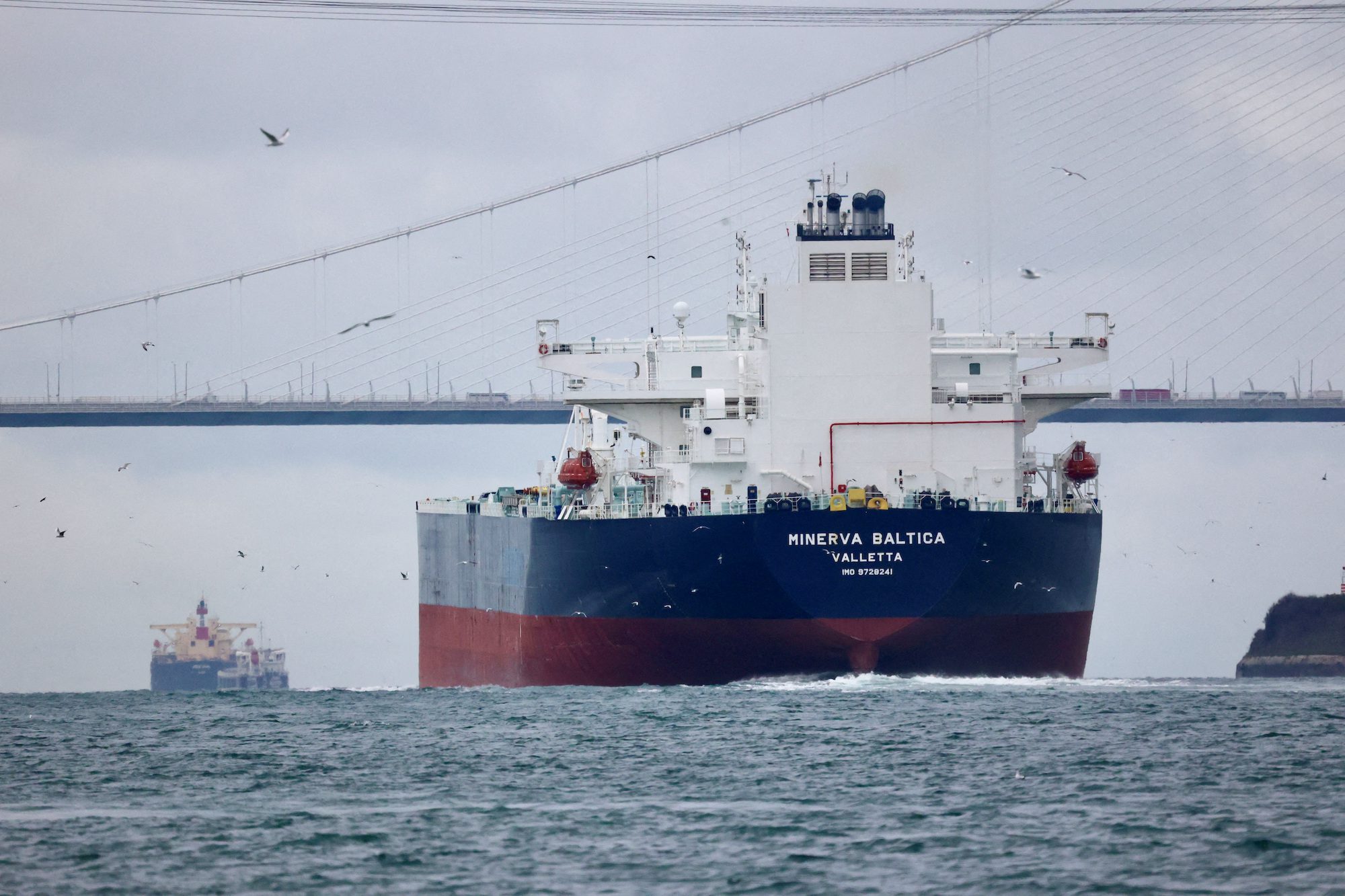Maersk’s Triple-E giant container ship Majestic Maersk, one of the world’s largest container ships is seen at the Yangshan Deep Water Port, part of the Shanghai Free Trade Zone, in Shanghai, China September 24, 2016. Picture taken September 24, 2016. REUTERS/Aly Song
By Enda Curran
(Bloomberg) — If Donald Trump slapped China with punishing tariffs, the pain would also be felt by Japan, South Korea and Taiwan, vital cogs in a regional supply chain that allows China to build widgets and gadgets for the world.
But Asia boasts a fast-growing middle class now numbering in the hundreds of millions, meaning China and other regional exporters rely less on U.S. consumers, and Trump may not have the leverage his predecessors enjoyed in decades past.
Trade among Asian countries grew to 57 percent of their overall trade in 2015 from just under 46 percent in 1990, according to Jong Woo Kang, an economist at the Asian Development Bank and the main author of the lender’s 2016 Asian Economic Integration Report.
According to Kang, cross-border investment in the region by Asian companies is fueling more trading activity than investment from non-Asian companies, and the region’s corporates are more engaged in global value chains than non-Asian companies, providing a growing protective buffer against new trade barriers.
“We do have more demand coming out of Asia than before,” said Deborah Elms, Singapore-based executive director of the Asian Trade Center. “So there will be less of an impact than there might have been at other points of history.”
To be sure, if Trump hits a wide array of Chinese goods with tariffs the pain will be acute, and may spread into a full-blown global trade war. The U.S. remains a major buyer of China-made final products and that demand won’t be easily replaced. The U.S. trade deficit with China for the 11-months to the end of November last year came in at $319 billion.
Research by Kevin Lai, the Hong Kong-based chief economist for Asia excluding-Japan at Daiwa Capital Markets, found that even tariffs of 15 percent — Trump at one stage flagged 45 percent — would result in a loss of GDP for China of 1.8 percent annually, excluding the impact of foreign companies pulling out.
Trump’s Bark
“If Donald Trump’s bark is followed by his bite on trade, then we could see a replay of the 1930s scenarios and there would be tit-for-tat retaliation around the world,” said Razeen Sally, an associate professor at the National University of Singapore.
More immediately, it would also hit other Asian exporters. Japanese shipments to China hit a record in December, fueled by orders for car parts, plastics and electrical circuits for use on the world’s factory floor. Still, overall exports gained thanks to wider Asian demand, one reason the Bank of Japan upgraded its growth forecasts this week.
In South Korea, where exports account for about half of overall economic output, shipments in January rose the most since 2012, helped by an increase in commerce with China, Vietnam and Japan. Asian demand also helped Singapore’s industrial production jump the most in five years in December, led by rising electronics exports.
Border Tax
A report by Credit Suisse warned that a border-tax plan mooted by Republicans in the U.S. Congress would trigger a 3 percent to 4 percent fall in Asian exports, reducing the growth rate in the region by 0.5 percentage point.
“Even a relatively small tariff increase on umbrellas or children’s toys can be quite catastrophic for producers of those products because the margin is so small,” Elms said.
Trump wouldn’t be the first U.S president to target Asia. Barack Obama went after Chinese-made tires and both Bill Clinton and Ronald Reagan butted heads with their Japanese counterparts over everything from car parts to computers. Trump has also accused Japan of unfair trading.
Even before Trump took office, global trade was already experiencing a creeping rise in protectionism, according to the World Trade Organization, with entrenched disputes in areas like steel, chemicals and agriculture.
Chinese Consumers
Still, for now at least, Chinese consumers are keeping a floor under the regional supply chain in a time of subdued global demand, and Chinese exporters are shipping more goods to other Asia partners even as Beijing seeks to transform the economy to one driven more by domestic consumption.
That means Asia could withstand a heightened dispute, for a period at least. And even if Chinese goods are targeted by the U.S., a rival Asian nation could step into the gap. “If you push one part of the balloon, the other part of the balloon could inflate,” Kang said. “Asian countries can still adjust.”
Asian governments are also pushing ahead with an alternative regional trading pact that doesn’t include the U.S. after Trump withdrew from the Trans-Pacific Partnership. It means there’s more resilience than might be appreciated by the White House trade hawks, according to Elms.
“It’s something that the team in Washington doesn’t understand,” she said. “They still see the U.S. as having the same levers of control in the 1980s.”
© 2017 Bloomberg L.P
Unlock Exclusive Insights Today!
Join the gCaptain Club for curated content, insider opinions, and vibrant community discussions.

 Join The Club
Join The Club













